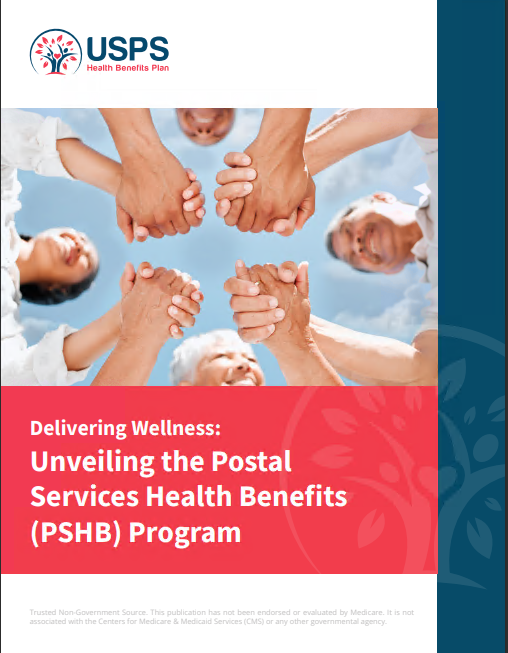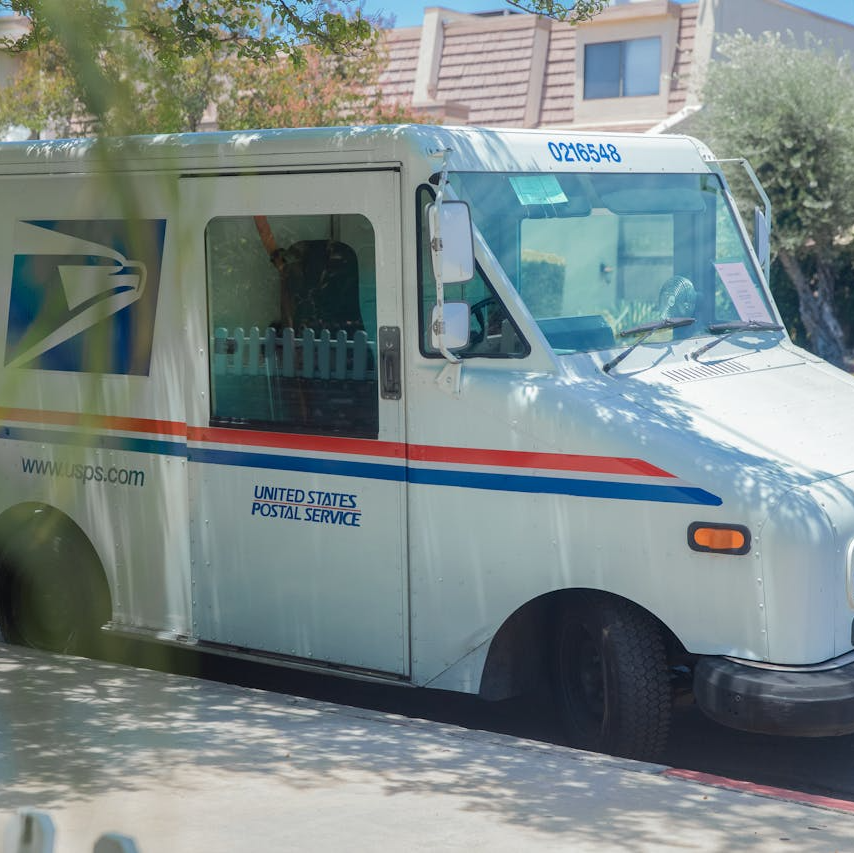Key Takeaways
-
Understanding the cost structure for prescriptions under Medicare and the Postal Service Health Benefits (PSHB) program can help you better manage your healthcare expenses.
-
Coordinating Medicare with PSHB benefits offers potential savings, but it’s crucial to know your options and timelines.
Breaking Down Prescription Costs: What to Expect
When managing your healthcare expenses, understanding how prescription costs are handled under Medicare and the Postal Service Health Benefits (PSHB) program is essential. Both systems aim to provide comprehensive coverage, but they come with unique cost-sharing structures and opportunities to save. Let’s dive into the details to help you navigate these options more confidently.
Medicare Prescription Drug Costs: What’s New in 2025?
Medicare Part D—the prescription drug benefit—has undergone significant changes this year. For 2025, there is a new annual $2,000 cap on out-of-pocket prescription drug costs. This means that after you’ve spent $2,000 on covered medications, your plan will take over the costs for the rest of the year. Here’s a quick overview of how prescription costs break down under Medicare Part D:
-
Deductible Phase: You’ll pay out-of-pocket until you meet your deductible, which can be up to $590 in 2025.
-
Initial Coverage Phase: After meeting the deductible, you’ll share costs with your plan through copayments or coinsurance until you’ve spent $2,000.
-
Catastrophic Coverage Phase: Once you hit the $2,000 cap, your plan covers 100% of your prescription drug costs for the rest of the year.
This new structure eliminates the coverage gap (also known as the “donut hole”) that existed in previous years, offering greater financial predictability for enrollees.
How PSHB Addresses Prescription Drug Costs
The Postal Service Health Benefits (PSHB) program, which began in 2025, integrates prescription drug coverage with Medicare Part D for eligible retirees. This means you’ll automatically receive prescription benefits through an Employer Group Waiver Plan (EGWP) once you enroll in Medicare Part B. PSHB plans typically offer:
-
Lower out-of-pocket costs for prescriptions when combined with Medicare.
-
Generous coverage options for both generic and brand-name medications.
-
Preventive medication coverage to help manage chronic conditions more affordably.
For active Postal Service employees not yet eligible for Medicare, PSHB provides robust prescription drug coverage with varying copayments and deductibles, depending on the plan you choose.
Cost-Saving Strategies for Your Prescriptions
Healthcare costs can add up quickly, but there are several strategies to help you save on prescriptions under Medicare and PSHB:
1. Maximize Preventive Coverage
Many PSHB plans and Medicare Part D include preventive drug coverage for chronic conditions like diabetes, hypertension, and asthma. These medications may come with little to no cost-sharing, so take advantage of this benefit by reviewing your plan’s formulary.
2. Review Your Annual Notice of Change (ANOC)
Each year, your Medicare Part D or PSHB plan may adjust its cost-sharing structure, formulary, or premiums. Reviewing your ANOC ensures you’re aware of changes to your coverage and can make informed decisions during Open Season (for PSHB) or Medicare Open Enrollment.
3. Use Preferred Pharmacies
Both Medicare Part D and PSHB plans often have networks of preferred pharmacies that offer lower copayments or coinsurance. Filling your prescriptions within these networks can lead to significant savings.
4. Consider Generic Alternatives
Generic medications are typically much more affordable than their brand-name counterparts. If your doctor prescribes a brand-name drug, ask if a generic version is available and suitable for your condition.
5. Coordinate Medicare and PSHB Benefits
If you’re a Medicare-eligible PSHB enrollee, coordinating your benefits can reduce costs. For example, some PSHB plans offer reimbursements for Medicare Part B premiums, making it easier to afford the combined coverage.
6. Use the Medicare Prescription Payment Plan
Starting in 2025, you can spread out your prescription costs over monthly payments through Medicare’s new Prescription Payment Plan. This option can be especially helpful if you’re managing high-cost medications.
Key Timelines to Keep in Mind
To make the most of your benefits, it’s important to stay on top of enrollment periods and deadlines:
-
Medicare Open Enrollment: October 15 to December 7 each year. Changes made during this period take effect on January 1.
-
PSHB Open Season: November 11 to December 13. This is the time to review or change your PSHB plan for the upcoming year.
-
Special Enrollment Periods (SEPs): These are triggered by specific life events, such as losing other coverage or moving to a new area. SEPs allow you to make changes outside the regular enrollment periods.
Common Questions About Prescription Costs
Do I need to enroll in Medicare Part D if I’m covered by PSHB?
If you’re retired and eligible for Medicare, PSHB plans automatically integrate with Medicare Part D through an EGWP. Active employees or those without Medicare can rely on PSHB’s standalone prescription coverage.
What happens if I hit the $2,000 out-of-pocket cap under Medicare?
Once you reach the $2,000 cap, your plan covers 100% of your prescription drug costs for the remainder of the year. This new feature eliminates the financial strain of the catastrophic coverage phase from previous years.
How can I find out if my medication is covered?
Both Medicare Part D and PSHB plans provide formularies—lists of covered medications—which are updated annually. Check these lists to confirm whether your prescriptions are included and understand the cost-sharing requirements.
Navigating PSHB’s Coordination with Medicare
For retirees, combining PSHB with Medicare creates a powerful safety net for managing prescription drug costs. Here’s how the coordination works:
-
Medicare Part B Enrollment: You must enroll in Part B to maintain PSHB coverage once you’re eligible for Medicare. This allows your PSHB plan to integrate with Medicare Part D benefits.
-
Premium Reimbursements: Many PSHB plans offer partial reimbursements for Medicare Part B premiums, effectively lowering your overall healthcare costs.
-
Reduced Cost Sharing: PSHB plans often waive or reduce deductibles and copayments for Medicare enrollees, further enhancing affordability.
What’s the Best Plan for You?
Choosing the right plan depends on your specific healthcare needs and financial situation. Here are a few factors to consider:
-
Prescription Needs: If you take multiple medications, opt for a plan with comprehensive drug coverage and lower out-of-pocket caps.
-
Network Access: Make sure your preferred pharmacy is included in your plan’s network to avoid higher costs.
-
Premiums and Deductibles: Balance these costs with the plan’s coverage to find an option that fits your budget.
Make the Most of Your Benefits
Understanding prescription costs under Medicare and PSHB doesn’t have to be overwhelming. By staying informed and taking advantage of cost-saving opportunities, you can ensure your healthcare expenses remain manageable. Take the time to review your options annually and make adjustments as needed to get the best value from your coverage.










